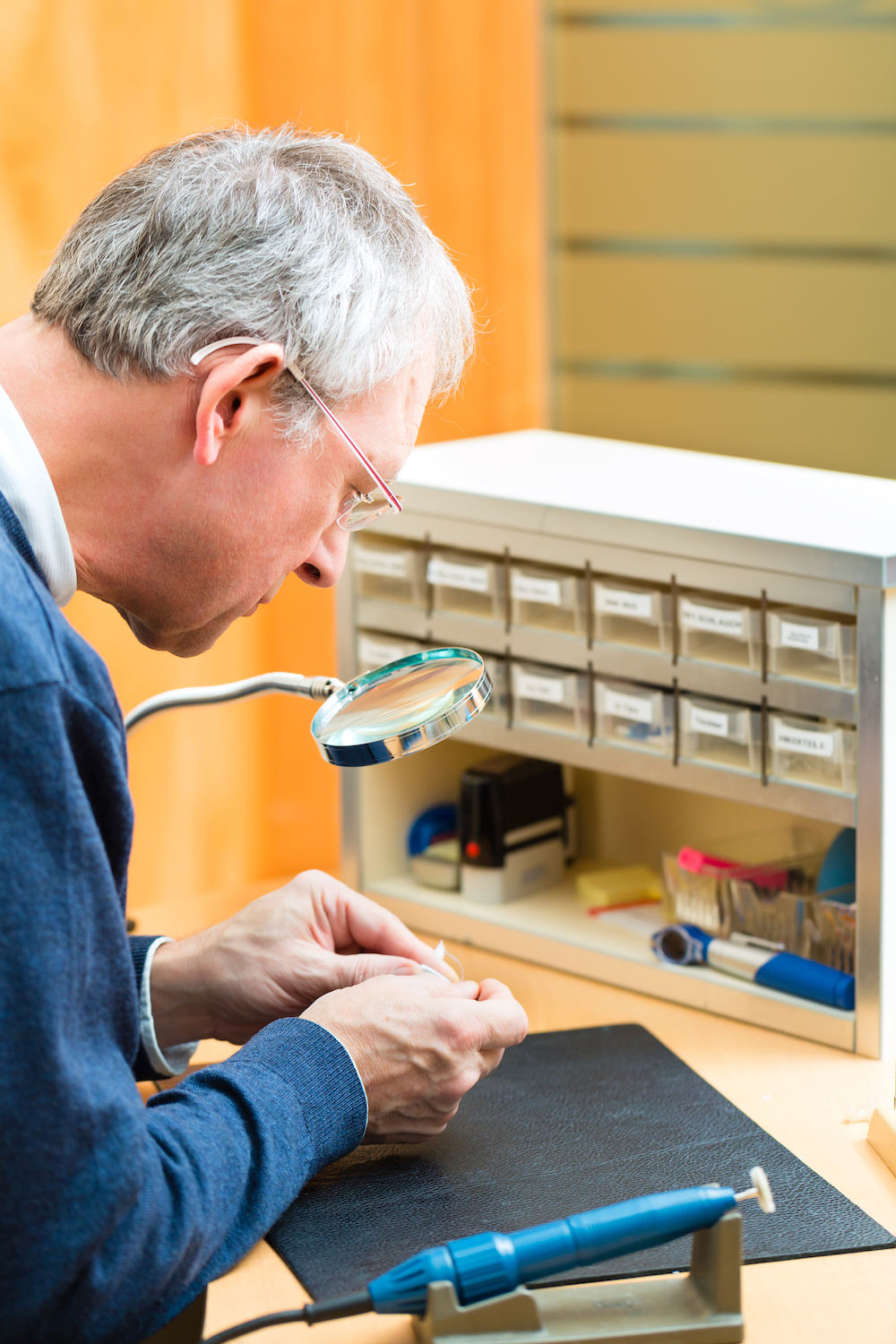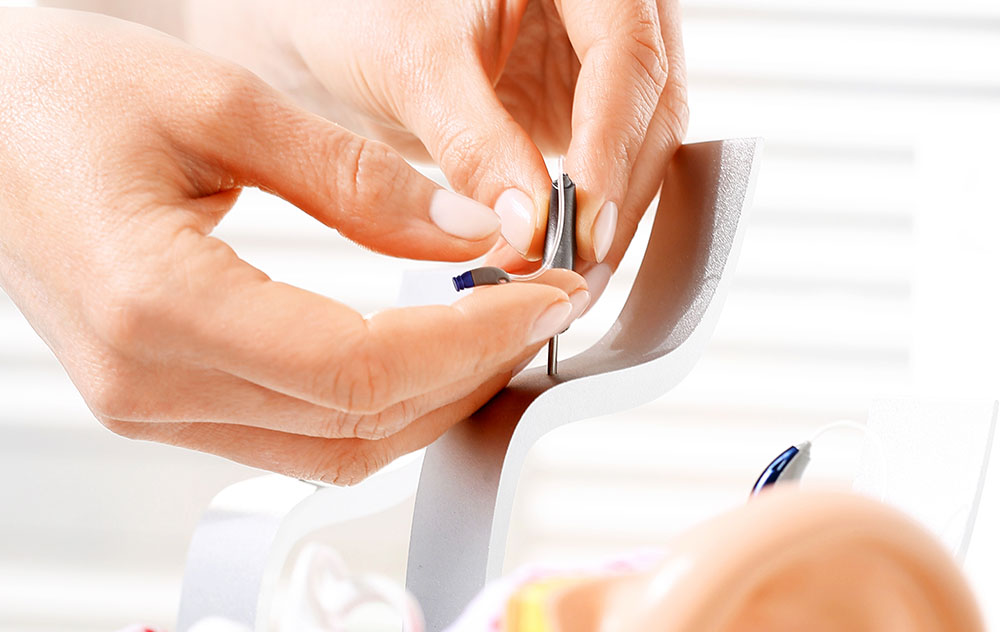The Causes of Acquired Hearing Loss
There are three main types of hearing loss. These are conductive,

By: admin | April 27, 2021
There are three main types of hearing loss. These are conductive, sensorineural and mixed. Sensorineural is the most common form of hearing loss, affecting about 90% of those who experience any hearing limitations.
Sensorineural hearing loss means that there has been damage done to the stereocilia or to the nerve pathways that go to the brain from the inner ear. Most of the time, sensorineural hearing loss affects both ears simultaneously, and it is irreversible, whether it’s mild, moderate or severe. However, wearing hearing aids can improve this kind of hearing impairment.
Sensorineural hearing loss is itself broken down into two categories; acquired or congenital. It is acquired hearing loss that we will look at in more depth in this article.
When we talk about acquired hearing loss, this means hearing loss that is not there from birth but that develops afterward – this can be at any stage in life. So, what are the reasons why this might happen?
By far the most common reason for anyone to experience acquired hearing loss is their age. As we get older, many of us will experience presbycusis, otherwise known as age-related hearing loss. In America, the figures for those who have this condition between the ages of 65-74 are at about one-third.
Age-related hearing loss takes a long time to develop, and it isn’t always noticed at first. Often it is family members and friends who spot that there is a hearing issue before the patient does.
Noise is another factor that can cause acquired hearing loss. Noise-induced hearing loss can result from a variety of different noises. Sometimes, it might be just a one-time loud noise like gunfire or an explosion. Other times it can be from working in a noisy environment for many years.
In other words, noise-induced hearing loss can be sudden or gradual. If you think you’re not at risk from this kind of hearing loss, remember the last time you went to a music concert or similar. Did your ears ring? Did you need to shout to make yourself heard? If so, the noise around you was probably more than 85 decibels (dB) which means it has the potential to cause long-term hearing damage.
Some diseases and infections – most notably measles, mumps and meningitis – can have a negative effect on your hearing and lead to acquired hearing loss in the most severe cases. Tumors can also cause hearing loss, depending on where they are located.
If you’ve ever banged your head and heard ringing, this is a perfect example of how head trauma can affect your hearing. A serious blow to the head can damage the inner ear and result in acquired hearing loss. The harder the impact, the more damage will be done, and the more damage that is done, the more severe the hearing loss will be.
Although medication is there to help you recover from an illness or to give you pain relief – in other words, they are good for you – they can also be responsible for acquired hearing loss in some cases. There are over 200 different medications that are known as ototoxic, and which will damage your hearing. These include chemotherapy drugs, some antibiotics and some anti-inflammatory medication.
The usual treatment for acquired sensorineural hearing loss is to wear hearing aids. This will require seeking the assistance of an audiologist who will examine the patient to ascertain their level of hearing loss and determine which type of hearing aid will suit them best. There are many different hearing aids available, and some will be more suitable than others, which is why it’s always best to seek help from a specialist.
If you suspect that you are experiencing acquired hearing loss for any reason such as age, infection or head trauma, it’s crucial you speak to a specialist as soon as possible. The earlier your hearing loss is discovered, the better the outcome will be.
For expert help, contact El Paso Hearing Aid & Audiology Center at 915-532-6935. You can speak to our fantastic team to learn more about what hearing loss entails and how it can be treated. Whatever the reason behind your hearing loss, we have the knowledge, experience and expertise to help you.

There are three main types of hearing loss. These are conductive,
By: admin | April 27, 2021

You have experienced hearing loss for a while now and have finally decided
By: admin | March 16, 2021

For anyone who has experienced any level of hearing loss, getting hearing
By: admin | February 24, 2021
